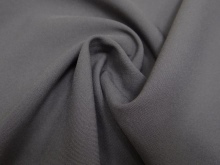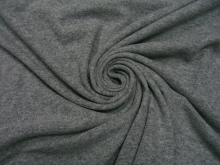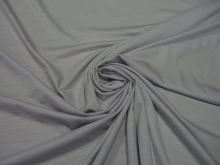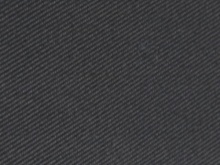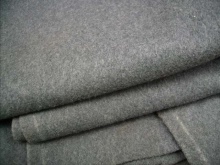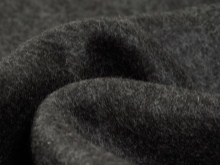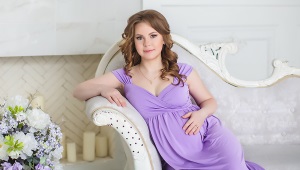Types of fabrics for clothing
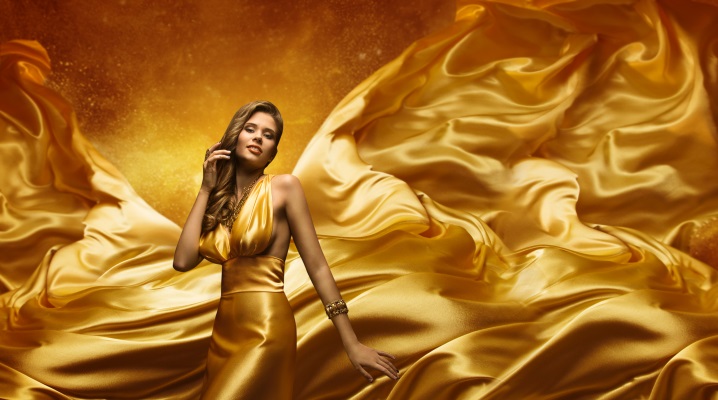
The quality of clothing depends on two things: competent tailoring and good fabric. It is the fabric that determines the purpose of the thing, it is on it that we primarily focus when choosing clothes: warm or light, woolen or silk, synthetic or natural.
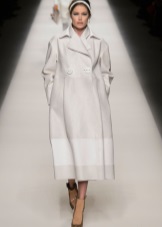
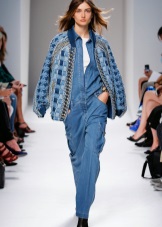
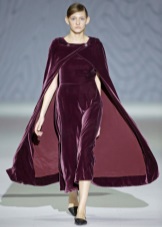

Varieties in composition
Natural fabrics - all those materials in the manufacture of which natural raw materials are used. It doesn't matter if it's vegetable, mineral or animal. All fabrics made from this raw material are very durable, environmentally friendly, do not cause allergies. In addition, they tolerate combining with artificial fibers well, resulting in very strong and wear-resistant combinations. Fabrics from natural plant materials include linen, cotton, jute, hemp, matting, quilted fabrics.
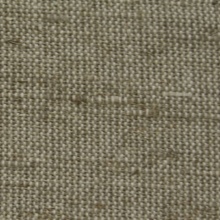
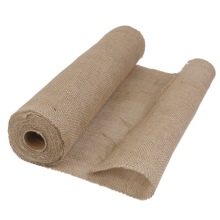
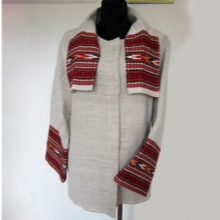
linen fabrics are made from vegetable raw materials. Natural flax is the stems of the flax plant. Now it is quite difficult to find linen fabrics in their pure form on sale. Natural linen is very wrinkled and crumbled along the edges, in addition, it frays quite easily. Therefore, in industrial production, flax has long been mixed with artificial additives, which makes it possible to achieve higher fabric characteristics.However, natural flax is still used in medicine, some surgical threads are made from it. Antiseptic properties are considered a feature of this fabric.
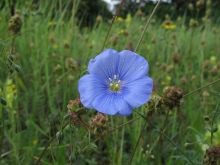
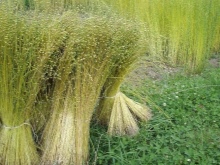

Cotton fabrics are made from cotton bolls, which are the fruits of the cotton tree, which reaches a height of 7 meters. In nature, there are 32 varieties of wild cotton plants and only 6 cultivated ones. The most expensive fabrics are made from Egyptian cotton. American is valued less, therefore cheaper. Cotton fabrics include velor, poplin, footer, chintz, velvet, denim, flannel, faux suede, interlock, corduroy, cooler, coarse calico, satin, cambric.
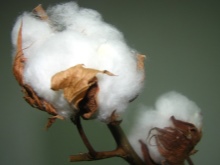
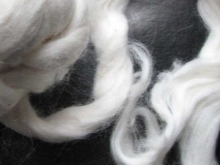
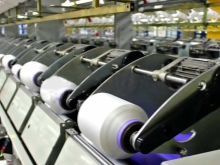
silk fabrics are of animal origin, because they are made from silkworm cocoons. It takes about three thousand cocoons to get half a kilogram of silk. Silk is so strong that a fabric folded in 16 layers cannot be shot through with a magnum bullet. Silk is hypoallergenic, saprophytes do not start in it. Silk burns only in the presence of a source of fire, if it is removed, the fabric stops burning. When burning, the threads smell like burnt and do not twist, but crumble into ashes. The group of silk fabrics includes satin, chiffon, crepe fabric.
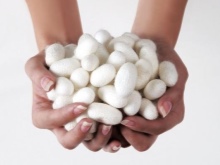
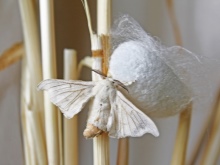
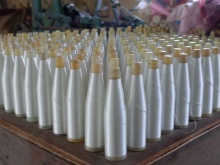
Woolen fabrics (felt, batting, drape, tweed, felt, boucle, etc.) are made from the wool of sheep, camels, goats. It is believed that woolen fabrics contribute to faster healing of wounds due to the high content of lanolin. If the fabric is marked "natural wool", then the percentage of other fibers does not exceed 7 units. The lambswool fabric is flame retardant.

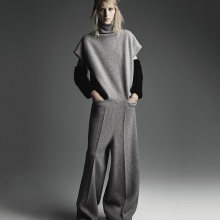
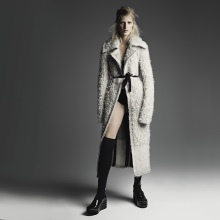
Artificial fabrics are made from natural substances. It would seem impossible to make fabric from glass, metal, stones, but scientists have learned how to process such material into fabric. The well-known and beloved fabric made of artificial fibers is viscose. This also includes fabrics with Lurex and metallic threads.
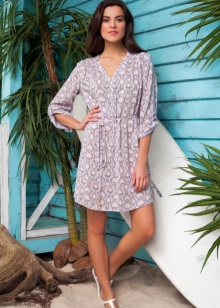
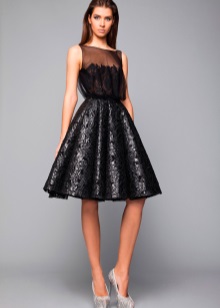

Synthetic fabrics made entirely of polymers. There is nothing natural in them. These include polyamide fabrics (kapron, nylon), polyester (microfiber, lavsan, polyester), polyvinyl chloride (tent fabric, canvas for awnings), polyurethane (elastane, spandex and lycra), acrylic, polypropylene (for the production of thermal underwear). The fabric "grass" and fabrics made of non-woven materials (needle-punched) look very interesting.
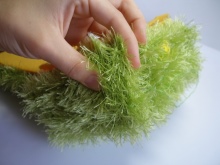
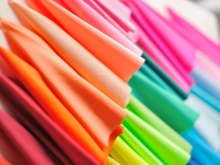
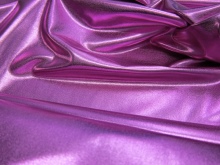
The advantage of synthetics is good shape retention, ease of care, wear resistance, lower cost.
Types of fabrics by purpose
Each fabric has its own purpose for tailoring: you will not sew an evening dress from a tarpaulin, silk is not suitable for a tent.
Fabrics for work clothes. Synthetic fabrics are mainly used for tailoring special-purpose clothes, but natural fabric is chosen for underwear and soldier uniforms. Requirements for fabrics for workwear:
- high dirt-repellent properties;
- hygiene (especially for medical clothing);
- should wash well and dry quickly;
- clothing must breathe;
- have a high class of wear resistance;
- comply with GOST;
- have low flammability.

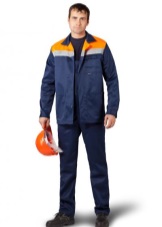


For a number of professions, workwear fabric must additionally be resistant to acids, alkalis, high temperatures and be waterproof.For the production of such clothes, twill (100% cotton or with some admixture of synthetic fiber), tisie (mixed fabric of 65% polyester and 35% cotton), moleskin (fabric with increased resistance to dust, its weaving is so dense that it is sewn from overalls for flour mills and asbestos factories (Moleskin protects the skin from radiation and biologically active substances), cloth (used for welders' clothes, because it reliably protects the skin from sparks and metal drops), alba (33% cotton and 67% polyester) is used for medical bathrobes, tarpaulin (for mittens and bags).
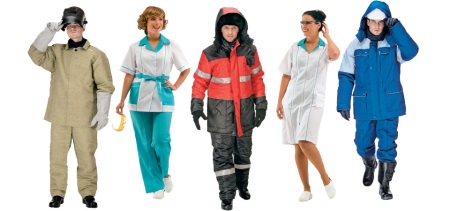
Elite, and often even exclusive fabrics are chosen for evening and festive dresses. Usually it is a mixed type of fabrics or natural fabrics from the silk group. And the point is not at all that the cotton fabric looks too simple, the point is that evening dresses have certain styles that require a certain fabric. For an evening dress with a flared skirt, moire is suitable, because the fabric will lie in beautiful folds. If such a dress is sewn from a staple, then the skirt will sag and look untidy.
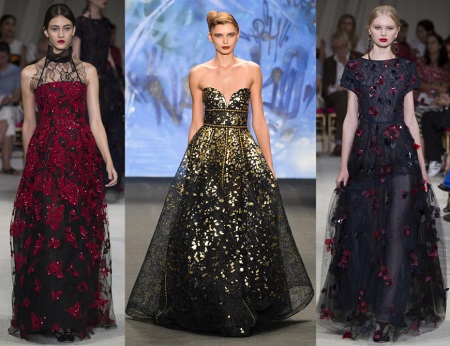
Curtains and other window trim are sewn from curtain fabric. It is a heavy, often synthetic fabric that drapes well into pleats, yet holds its shape, is easy to wash, and dries quickly. In Europe, curtain fabric is made of polyester, Chinese-made fabric is mainly nylon. Often curtain fabric is treated with compounds that increase resistance to pollution. Natural woolen and velvet curtains are treated with moth-repellent formulations. Usually, jacquard, taffeta, satin, less often satin is used for sewing curtains.
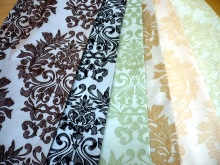
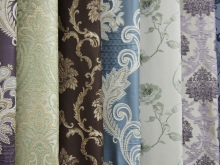
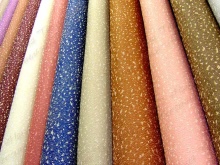
For tourist equipment there is a kind of fabric.It is necessarily water-repellent, bright, windproof, resistant to high temperatures. For thermal underwear, polypropylene fabrics are used, they have a very loose weave, due to which moisture comes out, and inside the body remains dry.
Tents are made of polyester fabric impregnated with polyurethane, silicone.

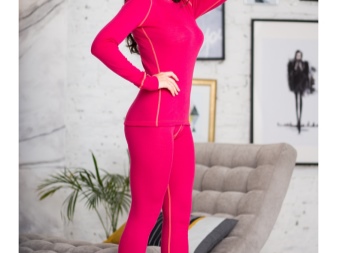
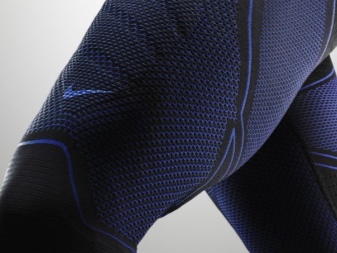

Choice by season
Fabrics can be classified by season, because each of them has certain properties that allow a person to feel comfortable in clothes all year round.

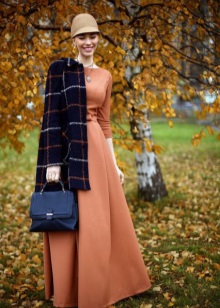

- Winter. The winter season requires good heat retention from the fabric. That is why the main criterion for winter things is naturalness. Cashmere is a thin woolen fabric made from goat down, possibly merino. It is very warm and at the same time light, fits well. Cashmere sweaters and dresses are very resistant to wear, they do not stretch, do not roll, they are worn for years. Since cashmere is a very expensive wool, fabrics with only a certain percentage of cashmere are usually chosen for winter clothes. This is enough to make the thing much warmer and more pleasant to the body.
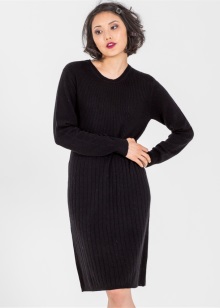
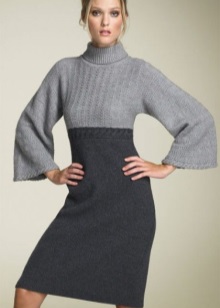
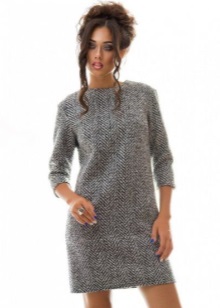
Other woolen fabrics: tweed, boucle, jersey, the list goes on, are intended for sewing warm skirts, trousers, suits for the winter.
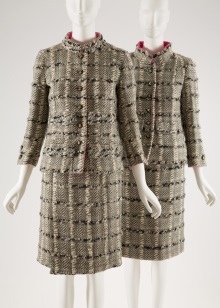
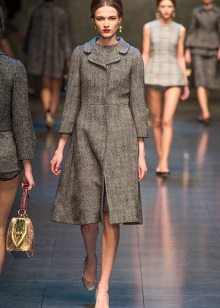
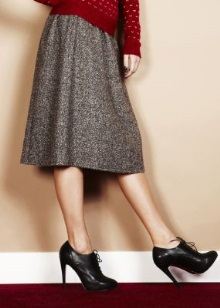
Fleece is a 100% synthetic fabric, but it is indispensable as winter clothing for athletes.
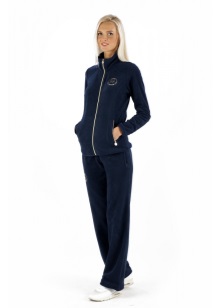
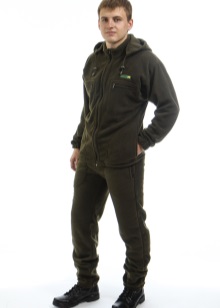
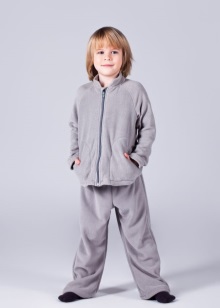
- Spring. Spring fabrics are divided into two types: for early spring and for late. For early spring, wool is also required, from which demi-season coats are sewn. Leather and fabric "under the skin" are very popular. They make jackets and raincoats. Mixed fabrics are used for sweaters, sweatshirts, shirts.

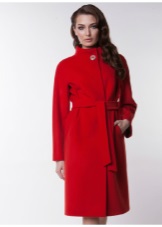
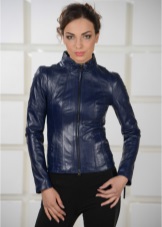

Late spring is characterized by a diverse selection of fabrics, they include natural, artificial and synthetic. Reviews show that it is still not too hot, but not too cold either, and therefore it will be comfortable in clothes made of synthetic or mixed fabrics.

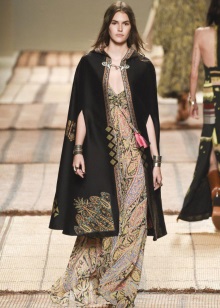
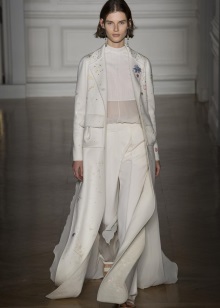
- Summer - it's time for natural silk, linen and cotton. Synthetic fabrics that do not remove moisture cannot be worn in the heat, because of this the body overheats even more. Natural silk has excellent breathability, so it is not felt on the body. It absorbs sweat very well and dries instantly. Silk almost immediately takes on the temperature of your body. Silk fabric allows the skin to regenerate faster, so there will never be scuffs on the body. Silk things stay like new for years.


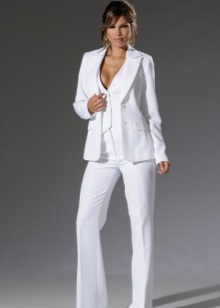
- Autumn. The autumn season is characterized by frequent rains and winds, so the main properties of fabrics are waterproofness and windproofness. It turns out that waterproof fabrics can be made from ordinary linen and cotton. The main secret is the impregnation of polymers, which give the fabric a new property. It is very convenient to produce such fabrics from polyester or nylon (oxword, jordan, taffeta). If you want lighter and more stretchy clothing, then opt for nylon oxford. However, such fabrics have their drawback - the lack of air permeability, which prevents oxygen from passing inside to the skin.
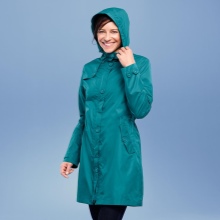

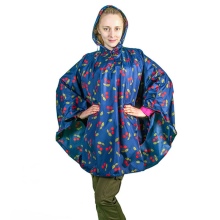
Reflective fabrics are used to make children's autumn items.
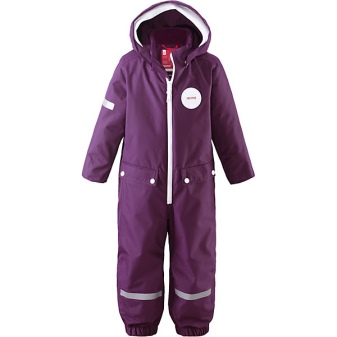
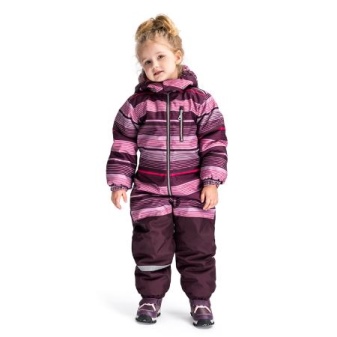
Spectacular combinations
To make the outfit look as impressive as possible, you need to remember some rules.
With lace fabrics - guipure, lace - not only silk group fabrics (chiffon, silk, satin, organza), but also velvet, satin, crepe de chine and crepe will go well. Lace appliqués look great on denim.
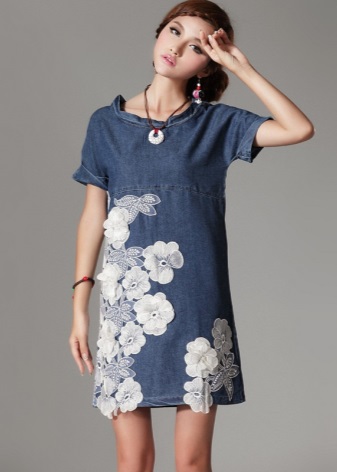
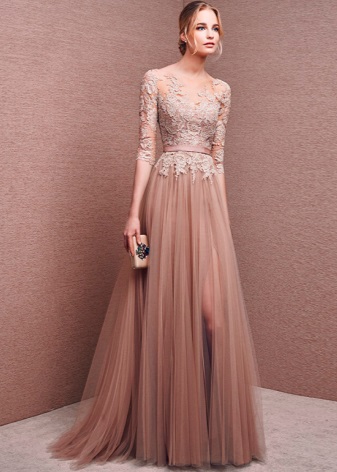


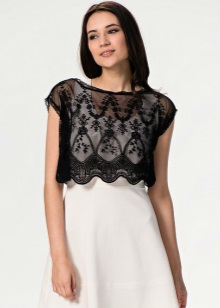
Satin fabrics are very picky in combinations, they "work" only in combination with velvet, chiffon, organza and lace.

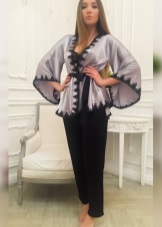
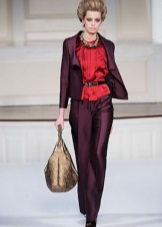
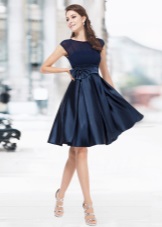
Velvet goes well with fur, satin, satin and other shiny fabrics. A very interesting and bold combination with denim, but it must be used with caution.
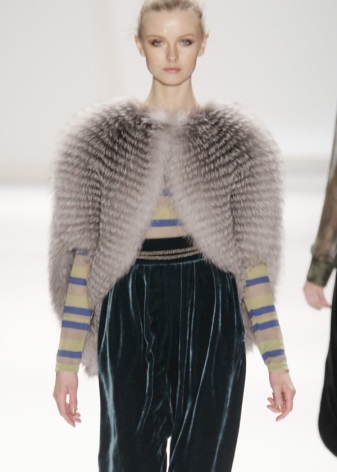
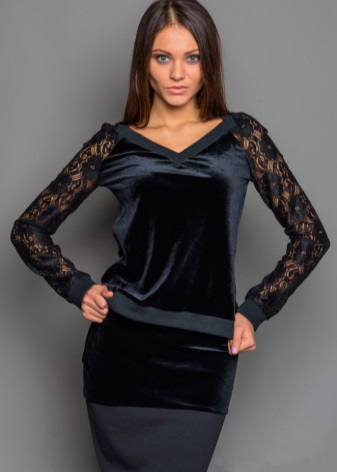
Knitted jersey is a very popular fabric, it looks great with leather, suede, jeans. For bold women, it can be combined with lace and silk.
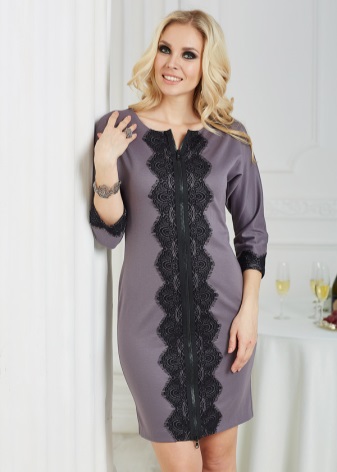
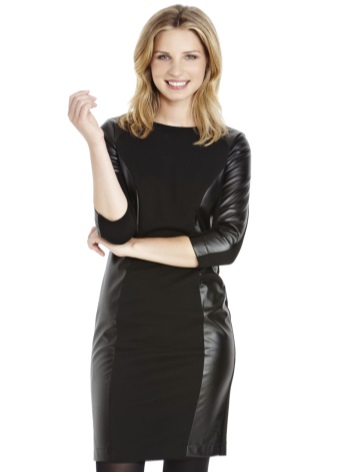
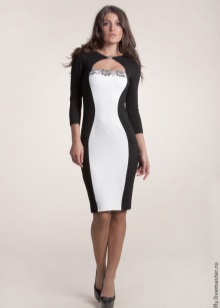

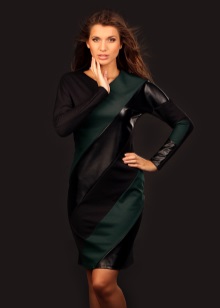
Denim is rarely paired with denim. Wearing jeans and a denim jacket in the same ensemble is not worth it. It is better to choose a product made of leather, velveteen, knitwear. Good combinations arise with cloth, tweed, drape, jacquard and even tapestry.


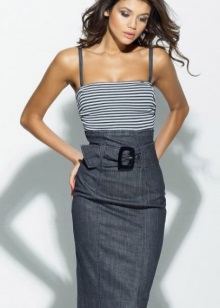
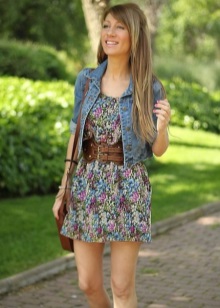
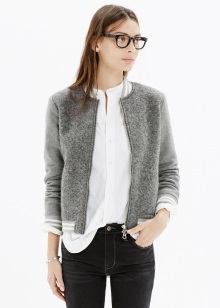

Taffeta looks great with noble fabrics, combined with jacquard, velvet, and also with poplin.
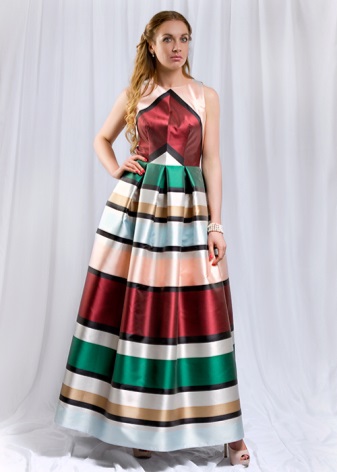
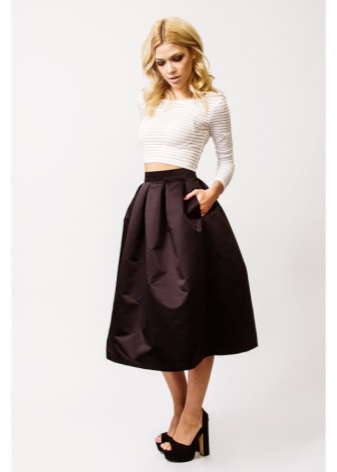
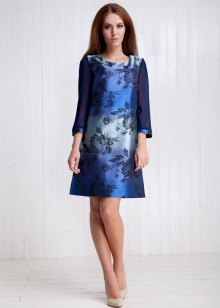
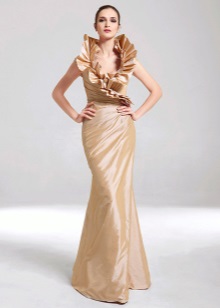
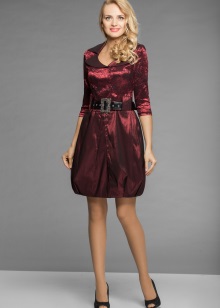
Silk is included in a good combination with chiffon fabric and all other fabrics of the silk group. It can be combined with velvet and even with jersey.
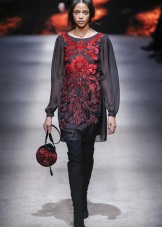
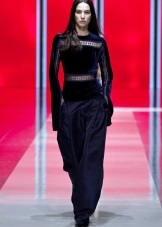
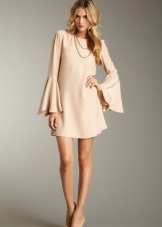
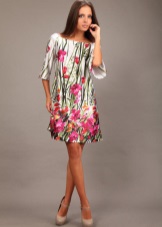
Chiffon is a light and flowing fabric that is combined with almost any other. If 10 years ago it could only be combined with material similar to it, now heavy fabrics are used to compose the ensemble: velvet, leather, jeans. But traditional combinations with satin, organza and lace are still relevant.

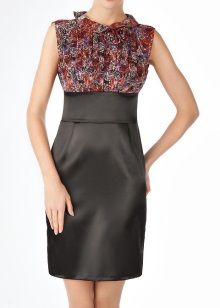
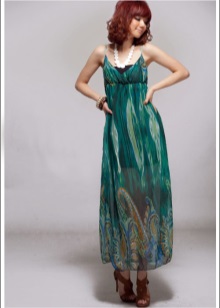

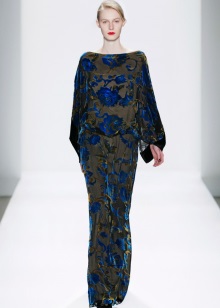
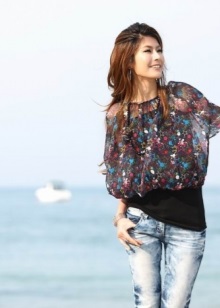
The latest manufacturing technologies
The fabric is made not only in the traditional way, but also in a very original way. For example, as a novelty - fabric from a spray can. The patent for Fabrican is owned by Manuel Torres.It is dissolved cotton threads inside a spray bottle. They freeze in the air, and the process of making clothes goes like this: fabric is sprayed onto the body in as many layers as needed. Instead of the body, you can use a blank. Things made of such high-quality fabric can be washed like ordinary cotton, they have all the properties of cotton fabric. However, if you did not like what happened, the fabric is easy to dissolve with the same composition with which it is driven into a spray can.
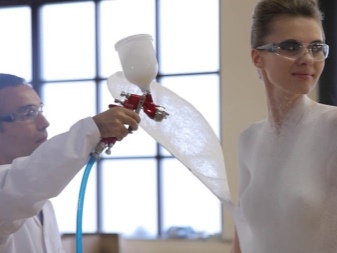

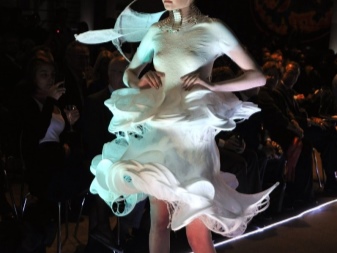
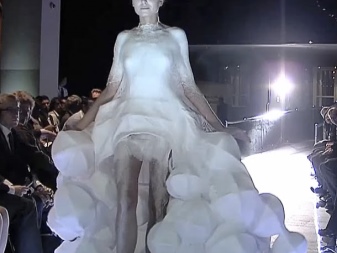
Alcantara is a self-adhesive fabric made from polyester fiber in a non-woven process. Looks like faux suede. During the manufacturing process, the fabric is coated with polyurethane, and the inner surface is treated with an abrasive. This fabric is easy to clean, highly resistant to sunlight, breathable and very resistant to physical impact. It is used as an upholstery material, including for car upholstery.

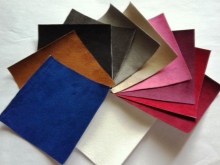
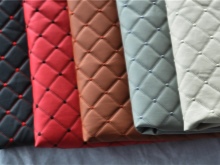
Rubberized fabrics are used for the manufacture of overalls and raincoats. They are of two types: single-layer (rubber layer) and multi-layer (rubber layer is located between two layers of another fabric). Cotton and even silk are taken as the basis for such a fabric, and “heavy” fabric is usually chosen for the top layer. For all its strength, rubberized fabric has one important drawback - impermeability to air.
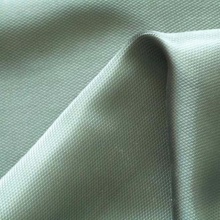
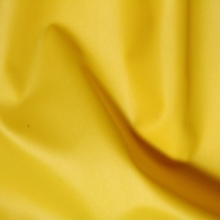

Names of fabrics and their characteristics
There are a great many names of fabrics, let's focus on the most popular.
Cotton fabrics: coarse calico, satin, chintz. Chintz is a lightweight fabric of low density plain weave, which is used for sewing bed linen and shirts.It is dyed, bleached or printed. Coarse calico is a dense fabric of plain weave. Coarse calico can be dyed, printed or white - canvas. Underwear is sewn from white calico, plain dyed is used for linings for outerwear. Satin is a shiny fabric, dense, has thicker weft threads. Linen, bed linen, lining are made from it. Very durable and wear resistant.
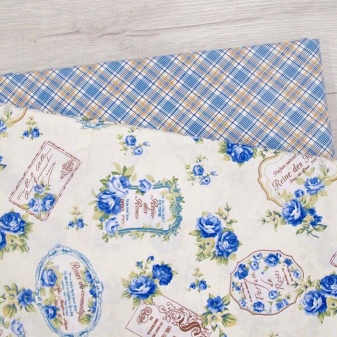
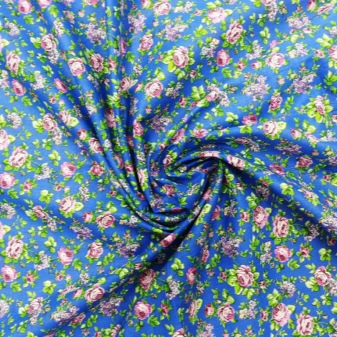
Linen fabrics: bedding, linen, furniture, costume, special purpose. All of them are called "flax". Linen fabrics are more delicate, have a jacquard weave. Suits often incorporate synthetic thread and combined weaving. Special purpose fabrics are used for overalls.

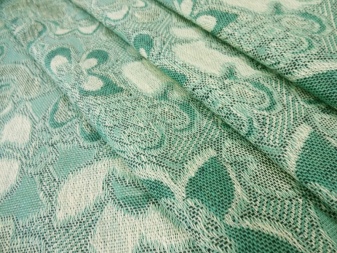
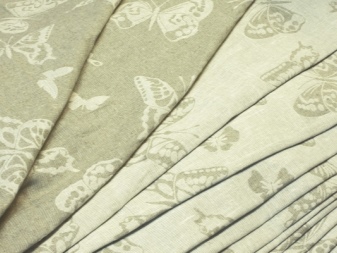
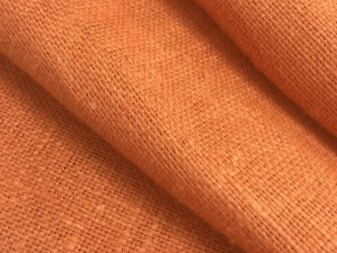
Woolen fabrics. Worsted wool - gabardine, crepe, tights, boston. It has an open weaving pattern, the weaving method is jacquard or linen. Fine wool - drape and cloth - have a closed weave, dried wool closes the pattern of the canvas. Coarse wool is loose, dense and coarse.
